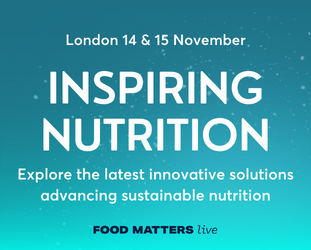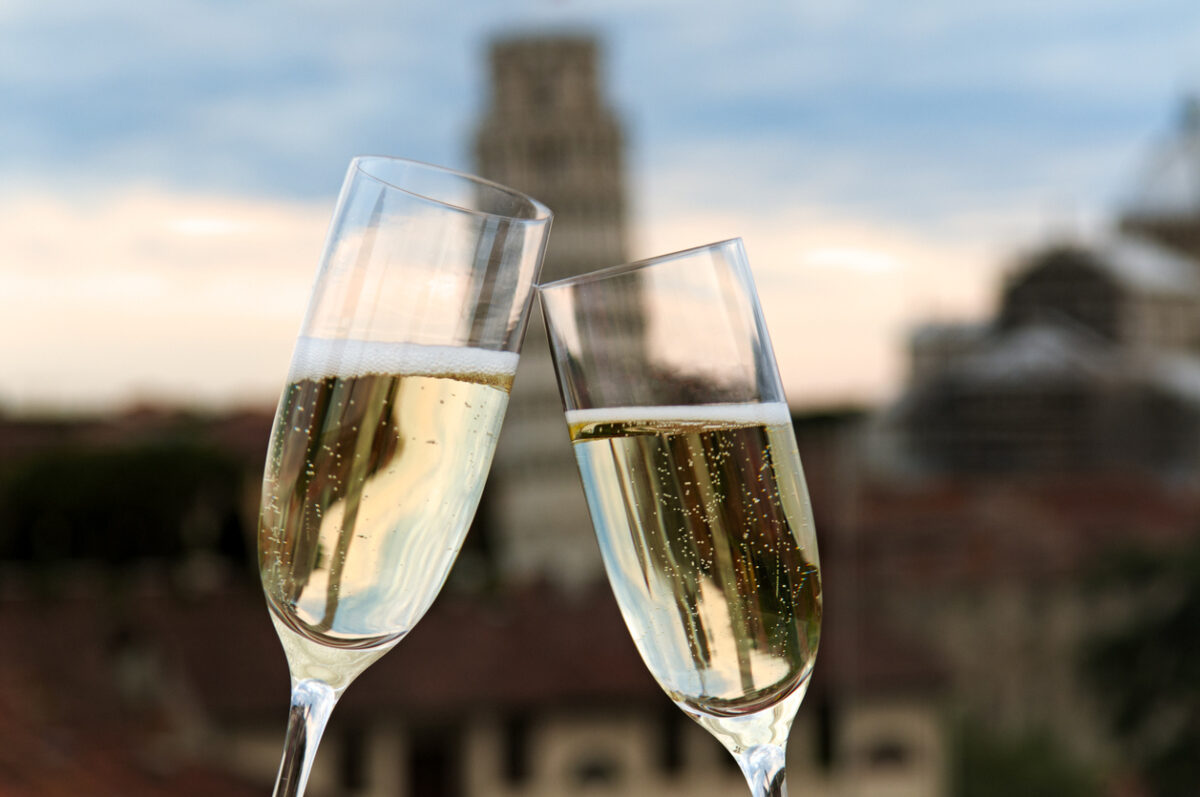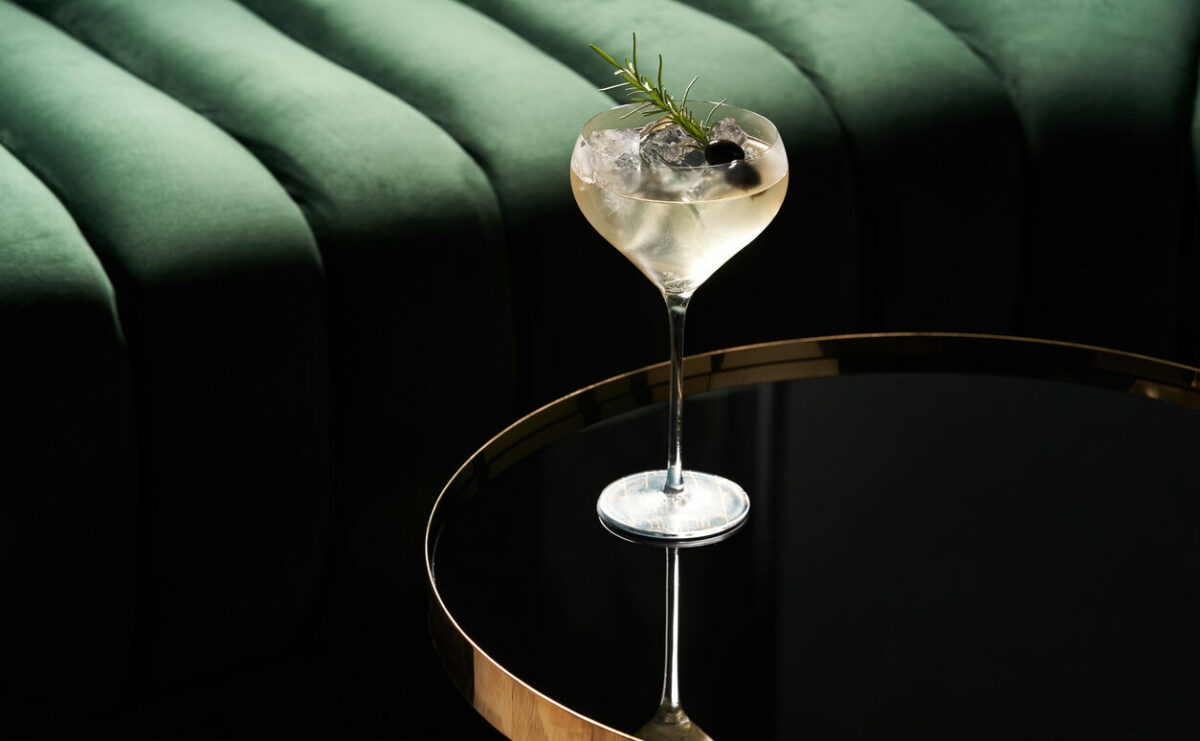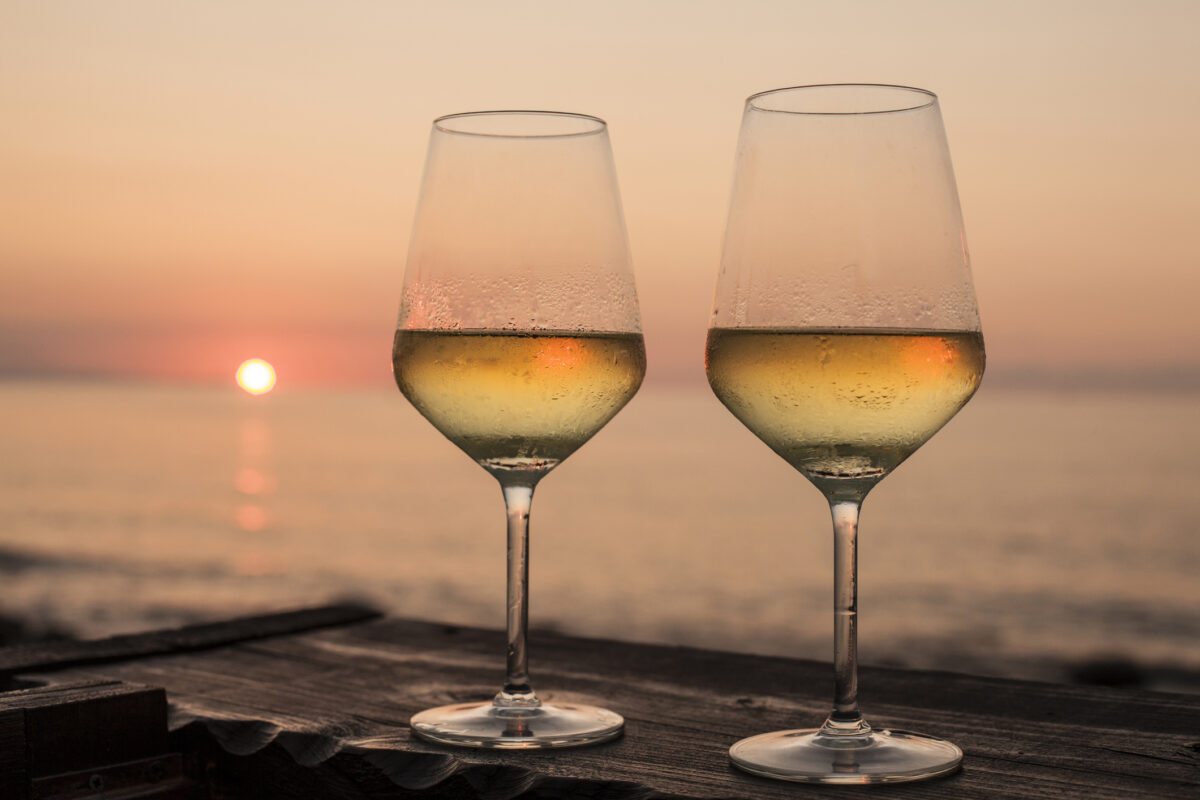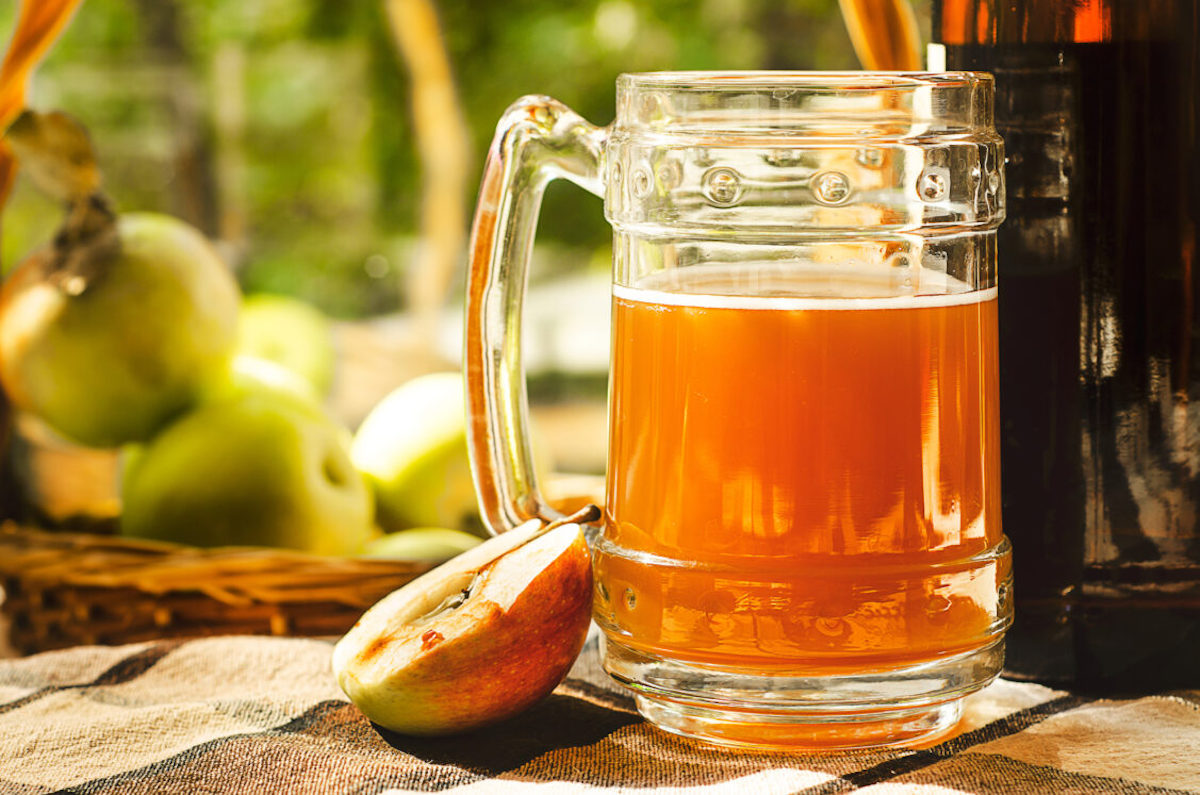Research finds 20% of Brits pick non-alcoholic beer as drink of choice with low/no category sales expected to grow 31% by 2024
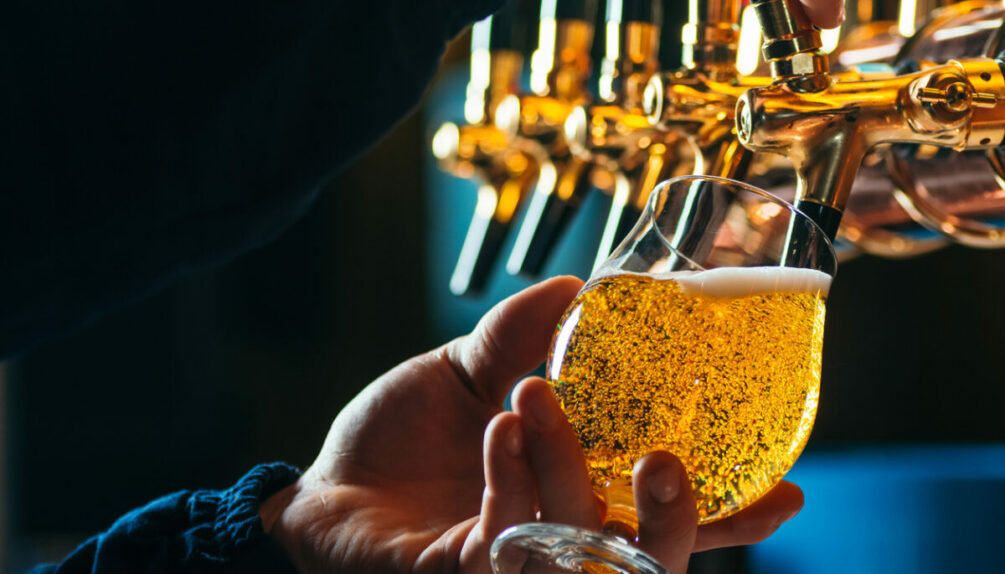
More than one in five of Britons would pick non-alcoholic beer as their drink of choice at a social event, according to a recent study from Budweiser.
Non-alcoholic beer still comes in as a second choice behind mocktails, with some 34% of UK adults saying it would be their drink of choice in a social situation.
The Budweiser report also shows that nearly one in two people aged between 25 and 44 have said they would cut back on alcohol consumption for Dry January.
Some 13% also reported that if they were not drinking alcohol, they would be more likely to go to a social event if non-alcoholic alternatives were available, besides soft drinks.
The latest findings chime well with ISWR Drinks Market Analysis’s predictions that sales of no and low alcoholic drinks will increase by at least 31% in volume by 2024. More recent analysis from the organisation has also revealed that the category surpassed $11 billion in value in 2022.
Retailer Waitrose has also reported massive growth in the sales of low and no alcohol beverages this month, with sales of low/no wine having gone up by 41%, and low/no beer by 16%.
The supermarket also reported a surge in demand for alcohol-free drinks during the festive season, with sales already recorded to be up by 31% in the last week of 2022.
The popularity of no-and-low has been growing for some time and started to see a real boom in 2021. According to figures from Kantar from that year, general take-home sales of premium and own label no-and low-alcohol drinks grew by 47.8%.
Some brands which unveiled new low and non-alcoholic drinks in 2022 include Praha, which launched a low-alcohol Pilsner in Romania, Three Spirit, which released two new non-alcoholic wines called Spark and Sharp, and Peroni which created a 0.0% version of its classic beer.
As the low and no category sees impressive growth, alcohol sales have witnessed a decline in retail. Figures from the IMRG Capgemini Online Retail Index revealed that online sales of beers, wines and spirits had fallen by more than a fifth in August 2022. Research from alcohol-free beer brand Lucky Saint and hospitality and foodservice insights group KAM last year also showed nearly 30% of UK adult pub visits don’t involve alcohol consumption.
Data from NielsenIQ’s Total Till sales report for April 2022 also showed a decline of -17.6% in comparison to last year in the sales of beer, wine and spirits in UK supermarkets.
A new academic report, published in the European Journal of Food, Drink and Society has also shed light on who consumes alcoholic alternatives. Using the temporary alcohol-free ‘off-licence’ set up by Club Soda in central London last year as a case study, the report found that an equal number of drinkers and non-drinkers visited the space.

The exterior of Club Soda’s Tasting Room in London’s Covent Garden.

The interior of Club Soda’s Tasting Room.
Left: The exterior of Club Soda’s Tasting Room in London’s Covent Garden.
Right: The interior of Club Soda’s Tasting Room.
Sixty percent of customers were also reported to be women – contradicting current research on no-and low-alcohol drink consumption. It also revealed that most visitors were white and from the millennial generation.
While Club Soda’s temporary off-licence shut its doors last February, a permanent tasting room and shop was opened in Covent Garden, London, in December 2022. For Dry January, the organisation has teamed up with restaurants and bars across the city’s West End to launch a Cocktail Trail, where a range of alcohol-free cocktails will be on offer at 20 different sites.
Find out more about what it takes to create a perfect low or non-alcoholic beverage in this Food Matters Live Podcast episode:


